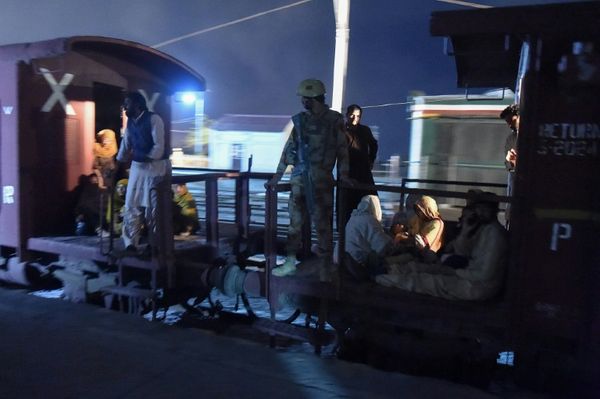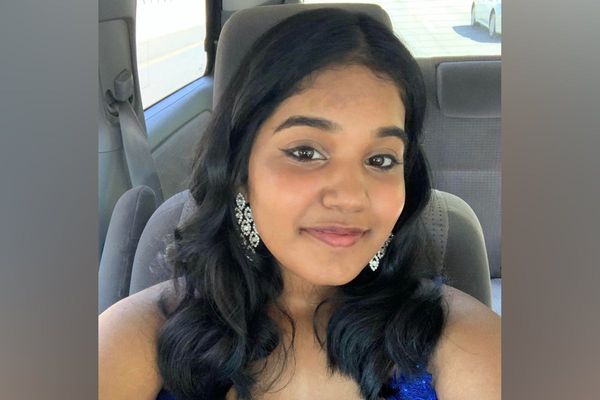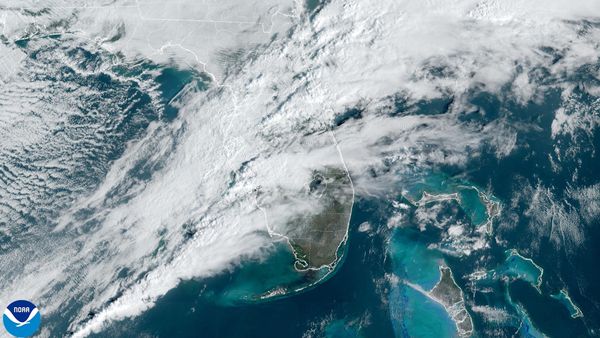
At least one person has been killed and 13 others wounded after police opened fire at a group of people protesting new fuel price increases in central Sri Lanka.
The incident on Tuesday was the first deadly shooting by security forces during weeks of demonstrations about the country’s worst economic crisis in decades. Fifteen police personnel were also admitted to hospital with minor injuries after clashes with protesters.
Police confirmed that they shot at the protesters in Rambukkana, 90 kilometres (55 miles) northeast of Colombo, the capital. Police spokesman Nihal Talduwa said the demonstrators were blocking railway tracks and roads and had ignored police warnings to disperse.
“To control the situation police fired at the protesters, which injured several protesters,” Thalduwa told the Reuters news agency.
“Several injured policemen have also been hospitalised,” he said, adding live ammunition and tear gas had been used to repel a crowd throwing stones and other objects. “Police are still in the area and attempting to restore calm.”

Dr. Mihiri Priyangani of the government hospital in Kegalle said 14 people were brought there with suspected gunshot wounds and one had died. Three others had undergone surgeries and were being monitored.
The police in hospital had minor injuries, possibly from being hit by stones, she said.
United States Ambassador Julie Chung and UN Resident Coordinator Hanaa Singer-Hamdy urged restraint from all sides and called on the authorities to ensure the people’s right to peaceful protest.
Chung called for an independent investigation into the shooting.
Sri Lanka is on the brink of bankruptcy, with nearly $7bn of its total $25bn in foreign debt due for repayment this year. A severe shortage of foreign exchange means the country lacks the money to buy imported goods.
People have endured months of shortages of essentials such as food, cooking gas, fuel and medicine, lining up for hours to buy the very limited stocks available.
Fuel prices have risen several times in recent months, resulting in sharp increases in transport costs and prices of other essentials. There was another round of increases at midnight Monday.
Thousands of protesters continued to occupy the entrance to the president’s office for an 11th day Tuesday, blaming him for the economic crisis.

Anger at leadership
In a bid to address growing calls for his entire government to resign, President Rajapaksa on Monday appointed a new cabinet and acknowledged public anger about the governing family’s mismanagement.
“People are suffering because of the economic crisis and I deeply regret it,” he said.
Gotabaya’s brother Mahinda is the prime minister of Sri Lanka, and has also been targeted for criticism over the country’s dire economic situation.
Sri Lanka is seeking $3-4bn from the IMF to overcome its balance-of-payments crisis and boost depleted reserves.
Dozens of Rajapaksa’s legislators have turned against the administration and on Tuesday took seats on opposition benches in parliament.
Jehan Perera of the National Peace Council of Sri Lanka told Al Jazeera that the president should step down in order to defuse the crisis.
“The president … has not been able to show demonstrate leadership and wisdom necessary to govern the country,” he said.
“If he doesn’t [resign], then these protesters are going to continue – because these protests are not just out of some political ideology, but … the hardships that people are going through.”
Sri Lanka’s economic meltdown began after the coronavirus pandemic torpedoed vital revenue from tourism and remittances.
Rajapaksa’s administration has urged citizens abroad to donate foreign exchange to help pay for desperately needed essentials after announcing it was suspending payment on its entire external debt.
Colombo has sent a delegation to Washington to open bailout talks with the IMF.







